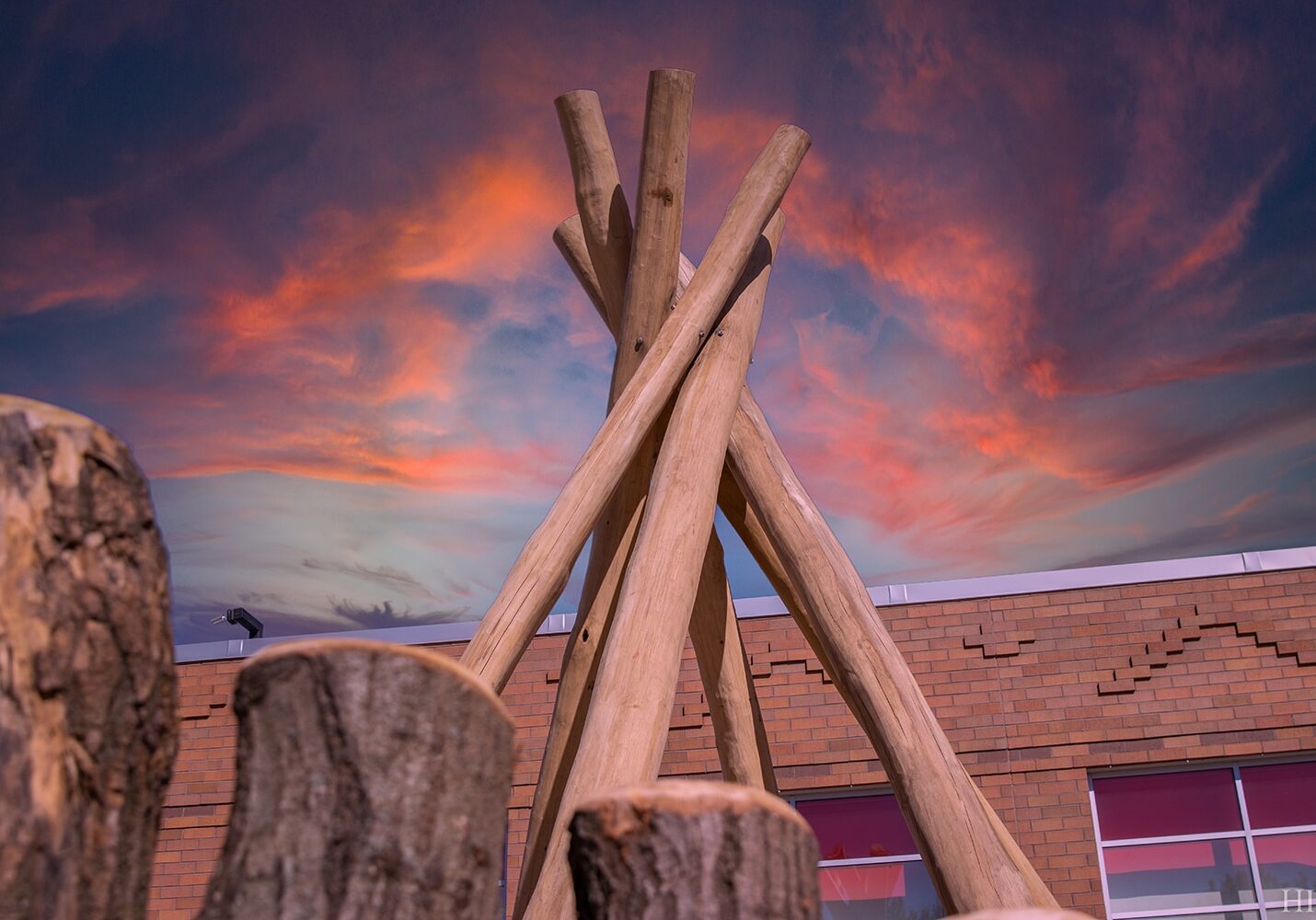Cansayapi Cultural Department (CCD)
The Tribal Historical Preservation Office (THPO) is the individual with the duty to carry forth the THPO program and to ensure that the Section 101(b)(2) responsibilities assumed by the Lower Sioux Indian Community are accomplished.

CCD Overview Video
Cansayapi Star Quilt Video
About the THPO
- The THPO will complete annual directives with regard to the evaluation, nomination and protection of properties eligible for inclusion to the National Register of Historic Places. Not only those resources listed on the National Register, but also those eligible or possibly eligible are to be considered. 36 CFR Part 800 is the implementing regulation for Section 106, and will be referred to and adhered by the THPO during all steps in this process.
- Implement some or all of the State Historic Preservation Officer (SHPO) responsibilities with respect to tribal land.
- Coordinate with tribal departments and program to ensure the preservation and protection of cultural and physical artifacts and resources directly associated with the people of Lower Sioux.
- Charged with identifying and protecting historic properties and burial sites.
- Provides a voice for the tribe on their cultural, sacred, burial sites within the boundaries of the reservation.


Need more information?
We are committed to improving the health and well-being of our community members. If you have questions or need assistance, please contact us.
